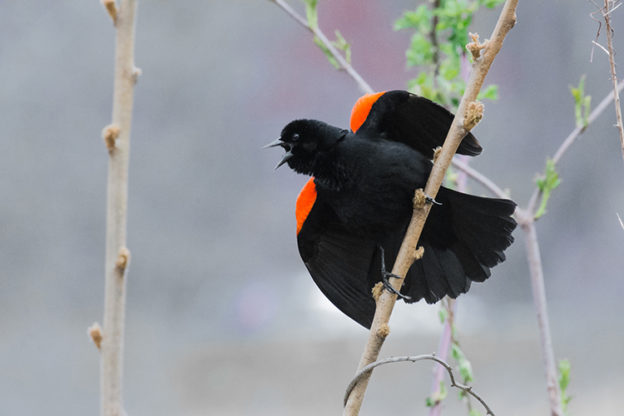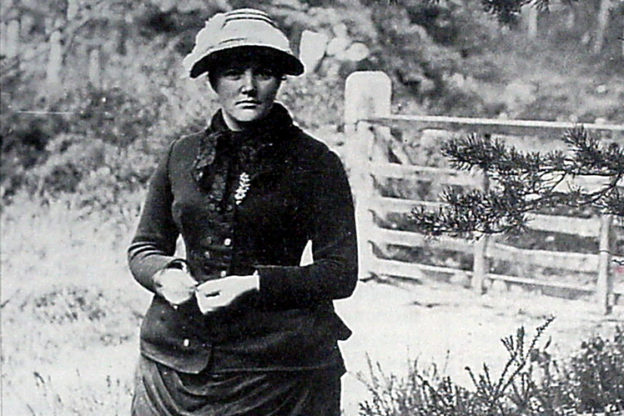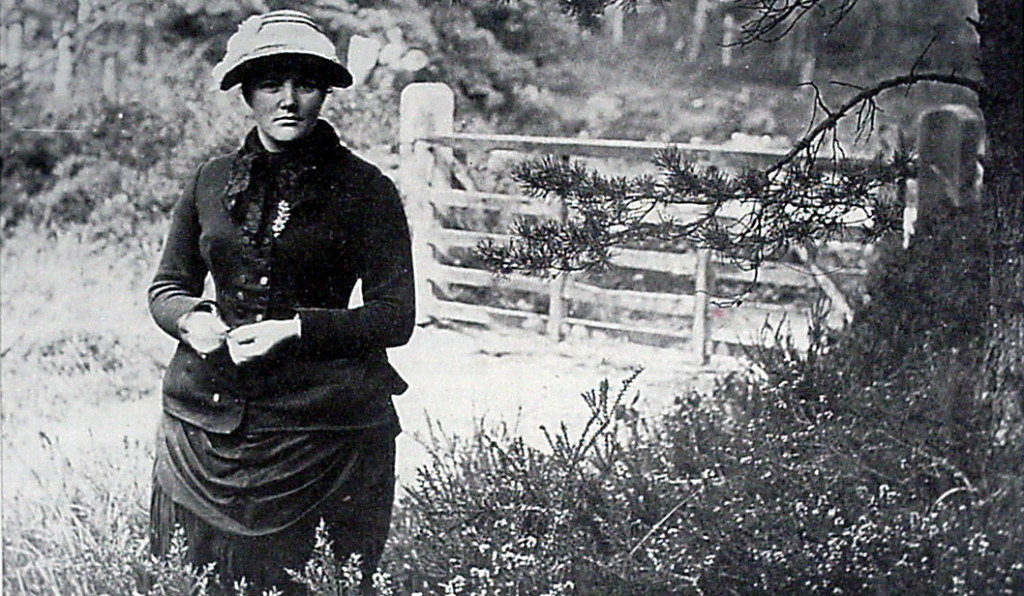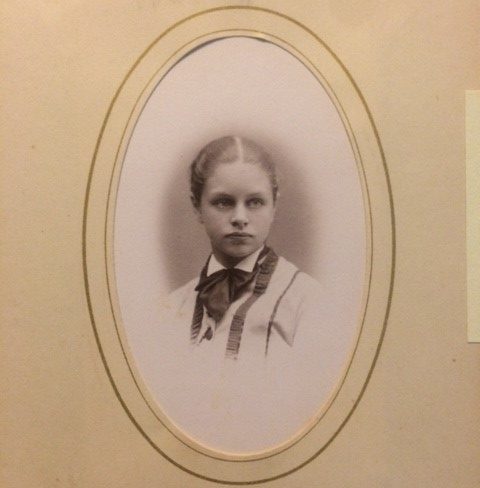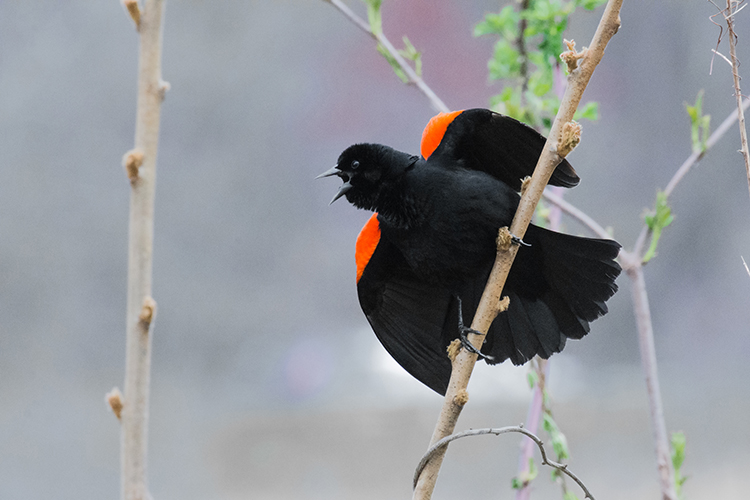
Some resident birds start singing their spring songs in late February and early March like clockwork, no matter what the weather is doing.
Even when winter keeps its grip on Massachusetts with snow and freezing temperatures, these birds mark the lengthening days with songs to attract mates, define their territories, and prepare for breeding season.
Early songsters respond to the amount of time between sunrise and sunset—called the photoperiod—and shift their behavior towards spring patterns accordingly.
Here are some of the earliest sounds that prove spring is just around the corner.
Black-capped Chickadees whistle a thin, pleasant “fee-bee!”:
Northern Cardinals give high, piping warbles from exposed perches:
Mourning Doves make low, resonant coos throughout the day:
A week or two after these birds start sounding off, the earliest short-distance migrants arrive from the southeast part of North America: Common Grackles and Red-winged Blackbirds.
Blackbirds’ jangling, metallic song is most often heard in marshes and wetlands:
Grackles give a chorus of creaks and harsh “chack!” notes in large, transient flocks:
The arrival of spring accelerates after the first few migrants arrive, with skunk cabbage poking through the soil in wetlands and more birds like Ruby-crowned Kinglets to Yellow-rumped Warblers showing up.
All of these species are out and singing by the second week of March. Which ones have you been hearing so far this year?


